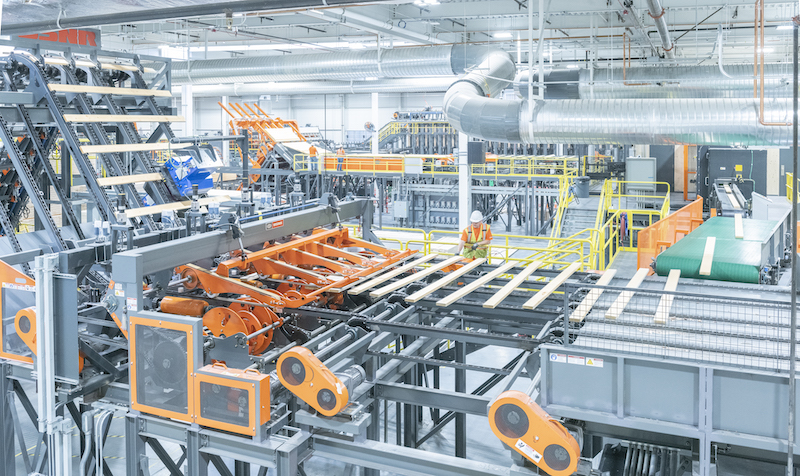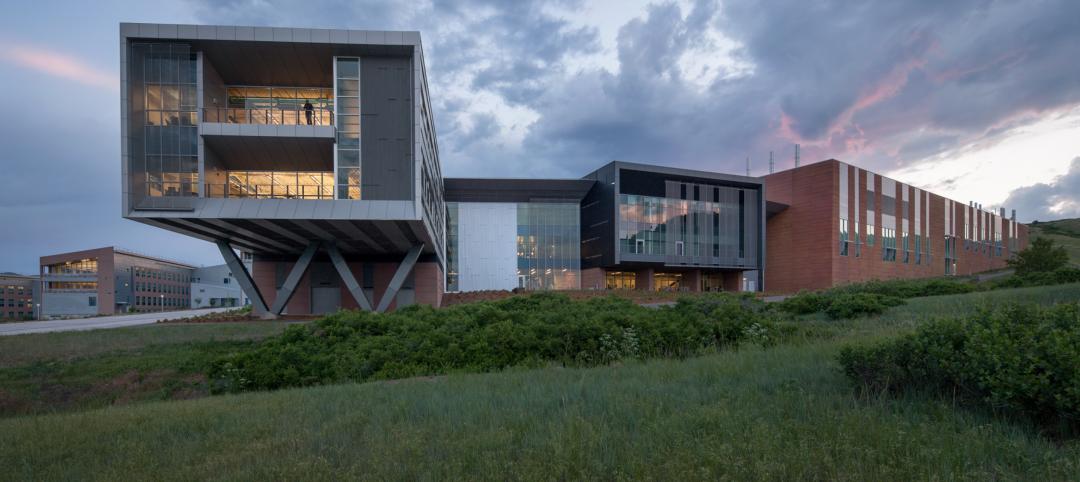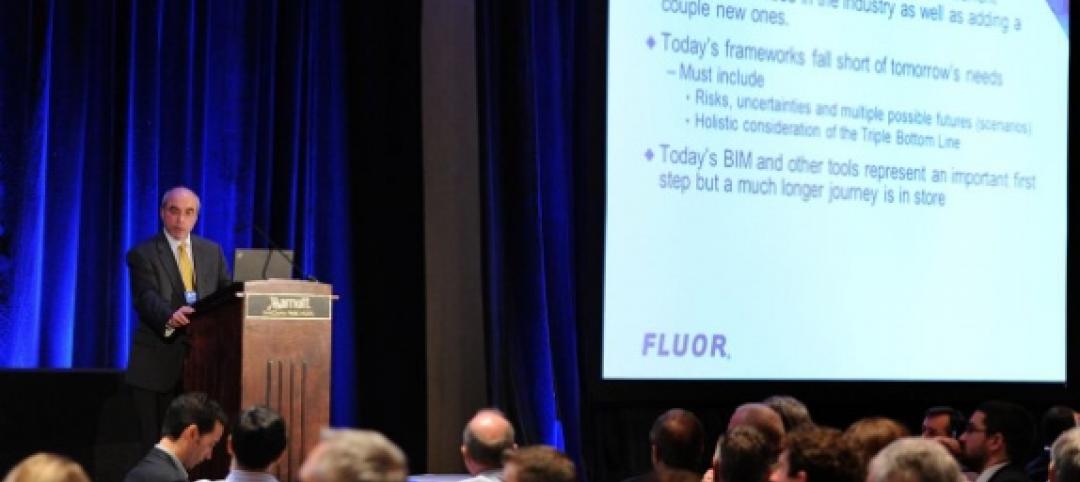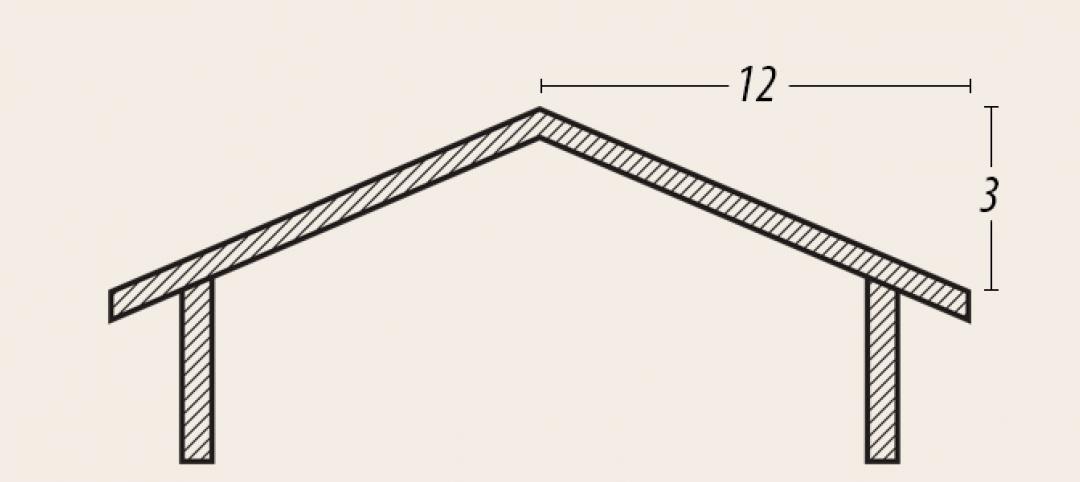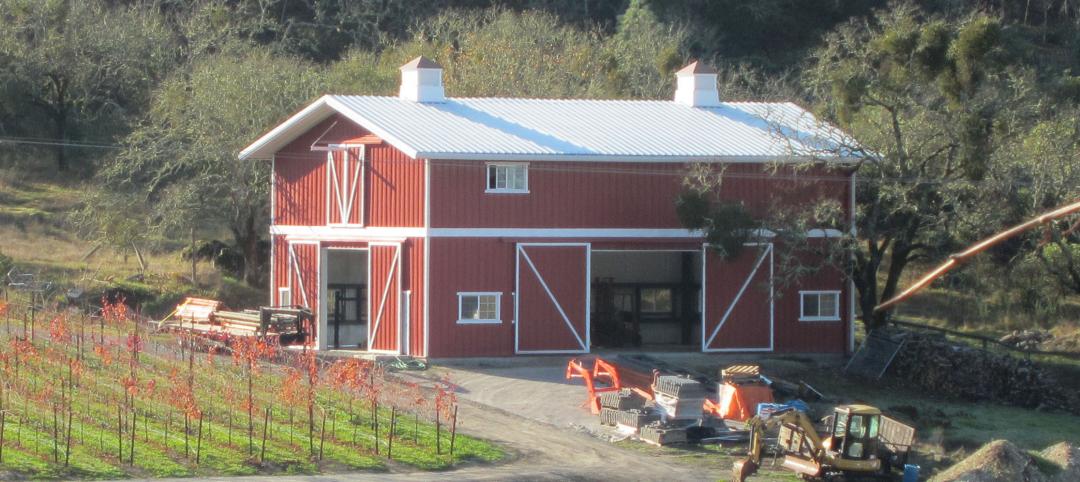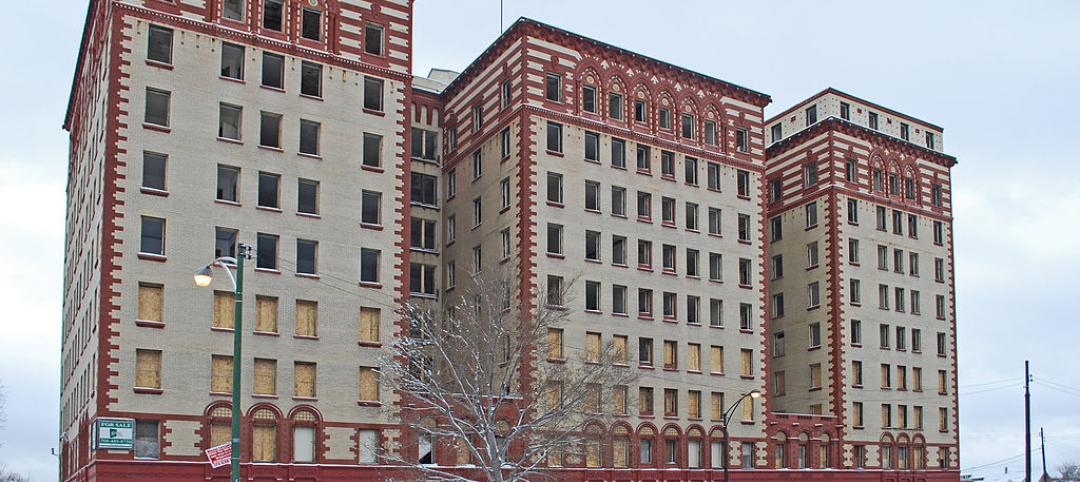On Sept. 23, Katerra announced the grand opening of its 270,000-sf cross-laminated timber (CLT) factory. The facility will produce the largest volume of CLT in North America.
The new factory reflects Katerra’s technology-first approach and incorporates advanced geometric and biometric scanning of lamstock, an on-site kiln for precise moisture control, and artificial intelligence to further improve safety and reduce waste.

“CLT perfectly embodies Katerra’s guiding principles for product development – it is technologically advanced, sustainable, and offers meaningful cost and time reductions,” said Michael Marks, CEO and Co-Founder, Katerra, in a release. “We have invested in creating the largest capacity CLT factory in North America because we believe deeply in the potential of CLT and want to see this great material advance to the mainstream.”
See Also: 'Catalyst' will be Washington’s first CLT office building
The factory occupies 29 acres in Spokane Valley, Wash., and provides easy access to rail lines and interstate highways. At full operation it will employ 105 people with an annual manufacturing capacity capable of providing thousands of apartments, student housing units, and more than 11 million square feet of floors and roofs.




Related Stories
| Apr 2, 2014
8 tips for avoiding thermal bridges in window applications
Aligning thermal breaks and applying air barriers are among the top design and installation tricks recommended by building enclosure experts.
| Apr 2, 2014
Check out the stunning research facility just named 2014 Lab of the Year [slideshow]
NREL's Energy Systems Integration Facility takes top honors in R&D Magazine's 48th annual lab design awards.
| Mar 26, 2014
Callison launches sustainable design tool with 84 proven strategies
Hybrid ventilation, nighttime cooling, and fuel cell technology are among the dozens of sustainable design techniques profiled by Callison on its new website, Matrix.Callison.com.
| Mar 26, 2014
First look: Lockheed Martin opens Advanced Materials and Thermal Sciences Center in Palo Alto
The facility will host advanced R&D in emerging technology areas like 3D printing, energetics, thermal sciences, and nanotechnology.
| Mar 20, 2014
Common EIFS failures, and how to prevent them
Poor workmanship, impact damage, building movement, and incompatible or unsound substrate are among the major culprits of EIFS problems.
| Mar 20, 2014
Fluor defines the future 7D deliverable without losing sight of real results today
A fascinating client story by Fluor SVP Robert Prieto reminds us that sometimes it’s the simplest details that can bring about real results today—and we shouldn’t overlook them, even as we push to change the future state of project facilitation.
| Mar 19, 2014
Frames: the biggest value engineering tip
In every aspect of a metal building, you can tweak the cost by adjusting the finish, panel thickness, and panel profile. These changes might make a few percentage points difference in the cost. Change the framing and you have the opportunity to affect 10-20 percent savings to the metal building portion of the project.
| Mar 12, 2014
14 new ideas for doors and door hardware
From a high-tech classroom lockdown system to an impact-resistant wide-stile door line, BD+C editors present a collection of door and door hardware innovations.
Sponsored | | Mar 10, 2014
A high-performance barn
Bastoni Vineyards replaces a wooden barn with an efficient metal building used for maintenance, storage, and hosting events.
| Mar 7, 2014
Chicago's 7 most threatened buildings: Guyon Hotel, Jeffrey Theater make the list
The 2014 edition of Preservation Chicago's annual Chicago's 7 list includes an L station house, public school, theater, manufacturing district, power house, and hotel.


